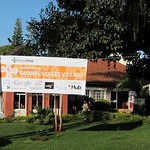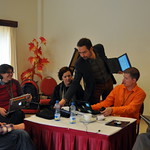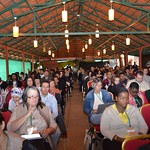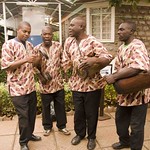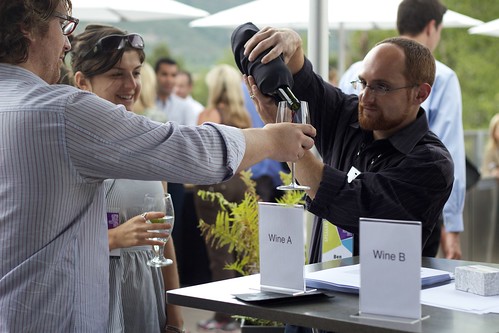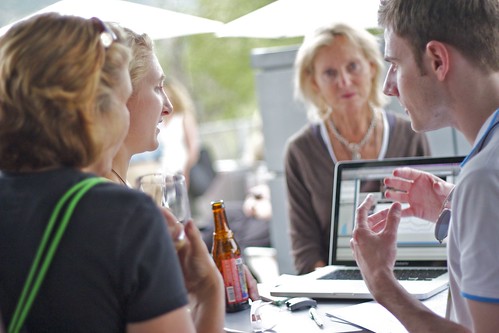At the Media Lab, I’ve been working on principles that define our DNA and our world view. One of these is Compasses Over Maps. The idea is that in a world of massive complexity, speed, and diversity, the cost of mapping and planning details often exceeds the cost of just doing something–and the maps are often wrong.
We experienced this firsthand during our trip to Detroit over the weekend.
In early July, we announced a new initiative: The Innovators Guild. Our idea was to bring the best and brightest chief innovation officers on a field trip to work together with our students, faculty, and local innovators in a community and do an impactful hackathon. The plan was to do a one-time thing in a bunch of cities around different themes. Detroit was the first on our list.
The general idea—the compass heading—was right, but the details were wrong in many ways.
We knew we had to go in to listen, be humble, and not try to be top down and prescriptive, but we were surprised nonetheless.
We met incredible people—smart, practical, passionate, driven, focused—doing amazing things. These people were tired of privileged “do gooders” coming in like tourists doing unsustainable superficial stuff and then just taking off or convening meetings and doing a lot of blah blah blah. “Are you here to blow smoke up our ass like everyone else?” There was a lot of baggage and they were skeptical, and rightly so. Detroit is “exciting” in many wrong ways to people who want to “help.”
But before we innovated on anything, we needed to listen and build trust. We realized immediately that to do that we had to think long term and in a sustainable way, while working closely with the people on the ground. This wouldn’t be just a three-day hackathon, but rather a long-term project connecting us to a network of networks in Detroit.

Brother Nature Farm in Detroit | Joi Ito Photo | CC BY 2.0
We were amazed and humbled by the complexity of Detroit’s various networks, as well as their tensions and cohesion. Once we started making individual connections, we found that beneath the skepticism was a passion and cautious excitement. We discovered that there were definitely connections that could be cultivated into real relationships where we would learn, share, build, and grow together.
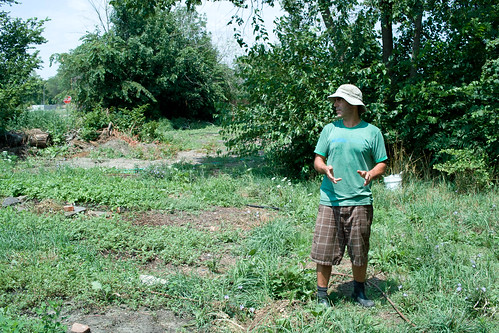
Greg of Brother Nature Farm | Joi Ito Photo | CC BY 2.0
One of these relationships is with Jeff Sturges, our guide on the ground in Detroit. Jeff runs the Mt. Elliott Makerspace in the basement of Church of the Messiah, and is just the first of many like-minded, creative individuals we anticipate inviting to the Media Lab as part of an ongoing collaboration.
We are super excited about the future of the Innovators Guild and our engagement in Detroit. And while our map was wrong, we listened and pivoted to this new plan, which I think is even more exciting. We returned to Boston completely energized and inspired, and can’t wait to go back to Detroit with more of our team to see what kind of work we can do with our new friends.
Joi Ito is director of the Media Lab.

